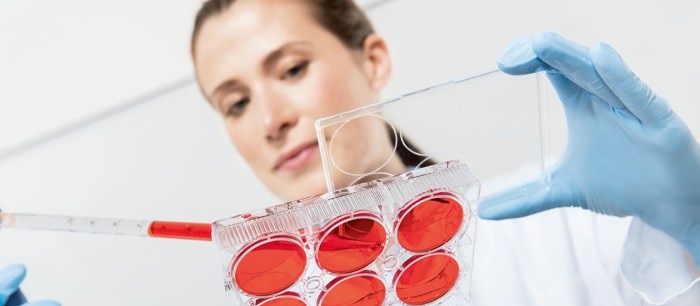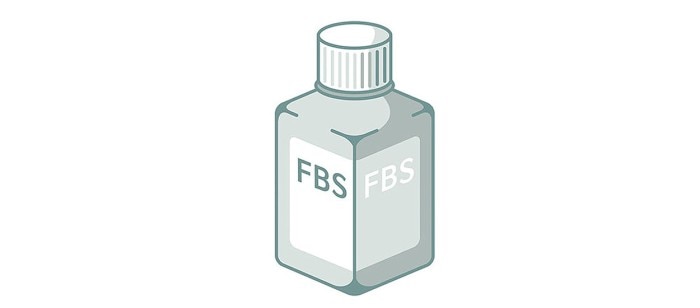MENU
MY | MYR
MY | MYR
No results found
Search Suggestions

Serum in the medium - The unknown component
Lab Academy
- Cell Biology
- CO2 Incubators
- Cell Culture Consumables
- Cell Culture
- FAQ
Serum is a common supplement in media used for cultivating animal cells. Fetal bovine serum (FBS), also known as fetal calf serum (FCS), is the most widely used. It contains vital nutrients, hormones and growth factors which stimulate cell growth. Other serum components serve as binding proteins which promote cell adhesion in vitro.
Although the use of serum is well established in cell culture, it remains the most undefined component of culture media. Serum batches usually show qualitative variations, and the lack of uniformity in composition introduces high lot-to-lot variability. In order to avoid this variability affecting cell-based experiments, it is recommended to test different serum batches for their ability to support growth of a certain cell type and to stock up on a suitable batch.
Read more
Read less

Fetal bovine serum (FBS), also known as fetal calf serum (FCS)
It is also possible to request that serum suppliers reserve appropriate volumes of a suitable batch. When the batch is used up, testing should be repeated to identify the next suitable batch.
Since serum is an animal-derived reagent, the risk of microbial contamination arises. This risk can be minimized by obtaining serum from suppliers that follow strict quality testing protocols.
A variety of chemically defined, serum-free media and synthetic serum substitutes is available from different suppliers. These represent an alternative to the use of serum and can enhance the long term reproducibility of experiments.
Since serum is an animal-derived reagent, the risk of microbial contamination arises. This risk can be minimized by obtaining serum from suppliers that follow strict quality testing protocols.
A variety of chemically defined, serum-free media and synthetic serum substitutes is available from different suppliers. These represent an alternative to the use of serum and can enhance the long term reproducibility of experiments.
Read more
Read less
